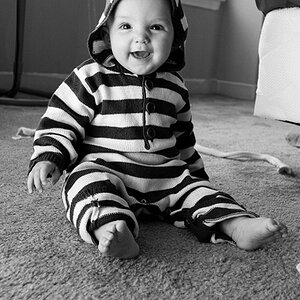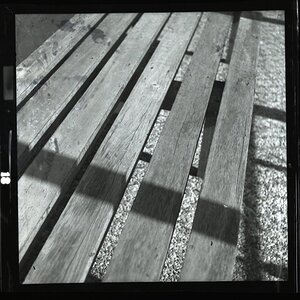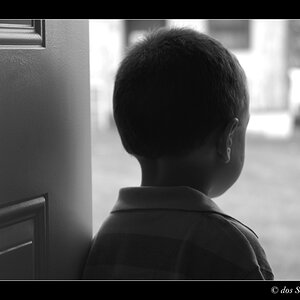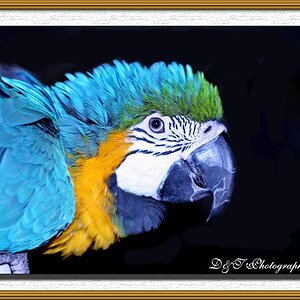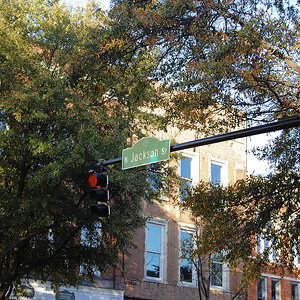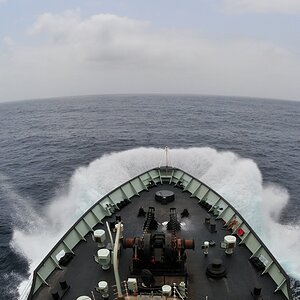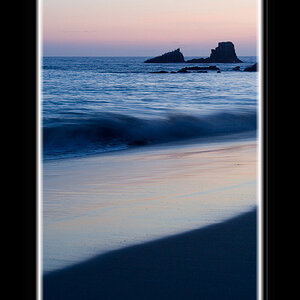Lots of people are fans of the book titled, "Understanding Exposure" written by Bryan Peterson. It's a book that everyone raves about, but I'm having a hard time understanding the authors concept on one paticular thing.
The whole book centers on the reader using a light meter to follow the authors lessons. But most non-SLR, manually adjustable digital cameras don't have a light meter, right? My manually adujustable super zoom Canon S3 IS doesn't have a light meter. The Canon S3 is not an SLR. It's sandwiched inbetween the pocket camera and SLR categories.
So here's my question: how does a photography student like me use the famous lessons taught by Mr. Peterson if my manually adjustable camera doesn't have a light meter to work with? (I do have a histogram. Does that factor into any of this?)
P.S. Here's what Mr. Peterson starts off the very first lesson with, words lifted from his book "Understanding Exposure", words that dramatically illustrate his ultra-heavy reliance on obtaining a light meter reading in each and every manual exposure. Words that are highly regarded by those in the photographic community and I quote:
"Now, look through the viewfinder and focus on your subject. Adjust your shutter speed until the camera's light meter indicates a 'correct' exposure in your viewfinder and take the photograph. You've just made a manual correct exposure!"

The whole book centers on the reader using a light meter to follow the authors lessons. But most non-SLR, manually adjustable digital cameras don't have a light meter, right? My manually adujustable super zoom Canon S3 IS doesn't have a light meter. The Canon S3 is not an SLR. It's sandwiched inbetween the pocket camera and SLR categories.
So here's my question: how does a photography student like me use the famous lessons taught by Mr. Peterson if my manually adjustable camera doesn't have a light meter to work with? (I do have a histogram. Does that factor into any of this?)
P.S. Here's what Mr. Peterson starts off the very first lesson with, words lifted from his book "Understanding Exposure", words that dramatically illustrate his ultra-heavy reliance on obtaining a light meter reading in each and every manual exposure. Words that are highly regarded by those in the photographic community and I quote:
"Now, look through the viewfinder and focus on your subject. Adjust your shutter speed until the camera's light meter indicates a 'correct' exposure in your viewfinder and take the photograph. You've just made a manual correct exposure!"




